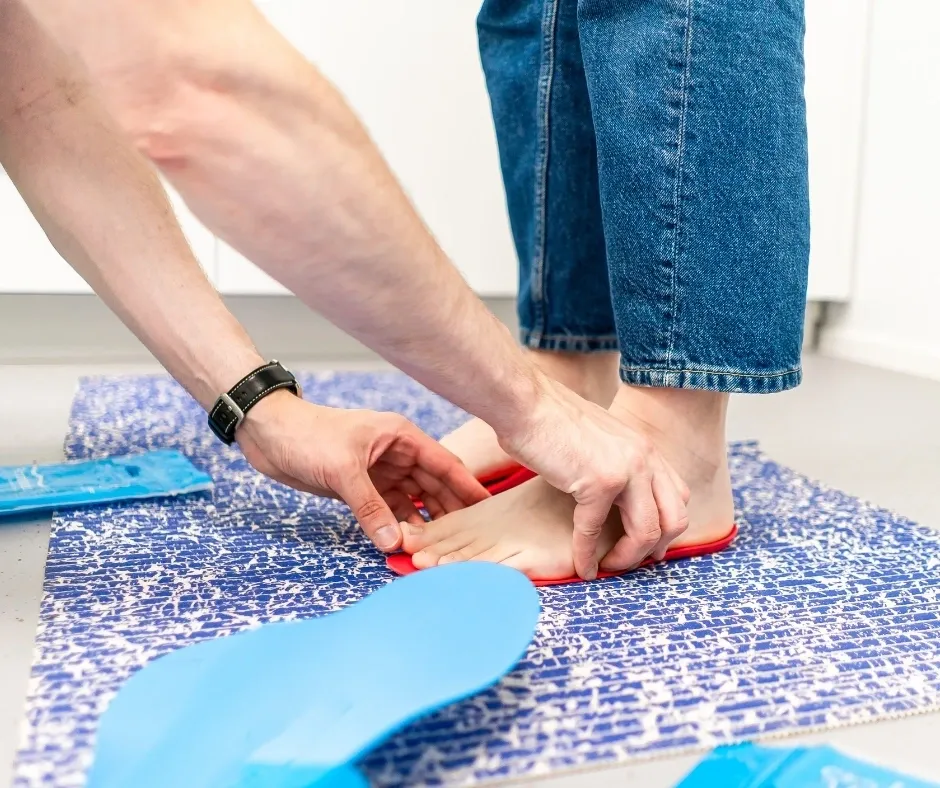If your practice treats diabetic foot ulcers (DFUs) and chronic venous leg ulcers (VLUs), the last 18 months have been a moving target. October doesn’t launch the new national skin substitute/CTP coverage policies after all—their effective date is delayed to January 1, 2026. That’s breathing room, but it’s also a warning to elevate documentation now.
What’s changing (and when)
• CTP/skin substitute LCDs delayed to Jan 1, 2026. CMS and all seven MACs announced a uniform delay while they reassess evidence and invite additional data. Practices should expect tighter medical‑necessity thresholds, standardized utilization limits, and strong requirements for measurable wound progress before repeat applications.
• Episodes of care and utilization norms: Current MAC LCDs typically describe a 12‑week usual episode of care, with allowance to extend to 16 weeks if documentation proves continued progress. Expect those expectations to be enforced strictly during audits.

What to do in October–December
1. Lock in a wound documentation bundle: Always capture L×W×D, percent granulation/necrosis, exudate, odor, pain, infection/bioburden, peri‑wound condition, vascular status (ABI/TBI), offloading modality, and photographic evidence. Build a flowsheet so trajectory of healing is unmistakable.
2. Debridement specificity: When performing active wound care (97597/97598) or surgical debridement (11042–11047), clearly document tissues removed (slough, necrotic fascia, muscle, bone), technique (sharp/excisional vs. mechanical), and post‑debridement measurements. Payers look for this to validate both medical necessity and the CPT level you selected.
3. Utilization controls: Set internal guardrails for number of CTP applications per wound and minimum percent improvement per interval. When a wound stalls, escalate to vascular or infectious disease rather than repeating applications that won’t meet future LCD standards.
4. ICD‑10 alignment: Ensure each wound visit uses the most specific L97‑ code that matches site, laterality, and depth—and pair with E11.621 when the wound is a diabetic ulcer. Add infection, osteomyelitis, ischemia codes when clinically present.
5. Team drills: Run mock audits on your toughest DFU/VLU cases from the last quarter. If your notes don’t prove progress, re‑engineer your template now.
A Step Above Health Mgmt advantage
We build podiatry‑specific wound templates, train your MAs and providers on bulletproof documentation, and create utilization dashboards by payer and product. When the 2026 LCDs hit, you’ll be ready.